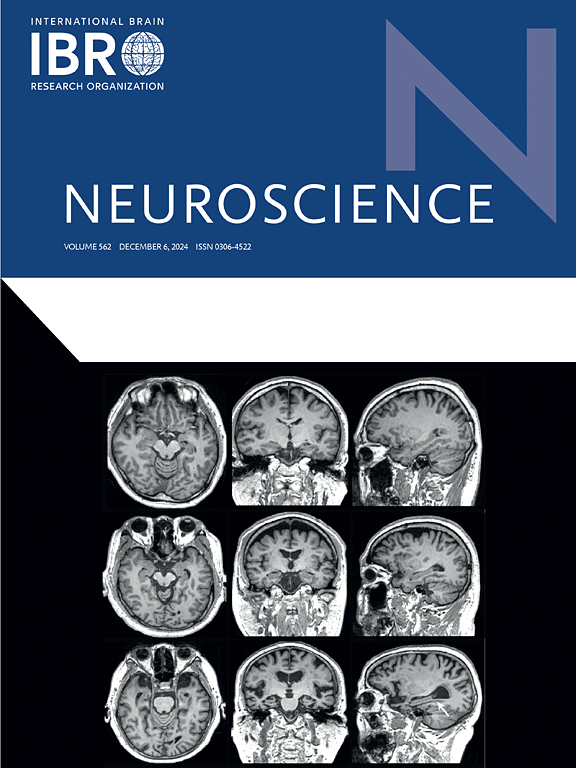Inhibition of SUMOylation exacerbates neurological dysfunction and delays hematoma clearance after intracerebral hemorrhage in mice
IF 2.9
3区 医学
Q2 NEUROSCIENCES
引用次数: 0
Abstract
Intracerebral hemorrhage is a kind of hemorrhagic stroke resulting from bleeding in the brain parenchyma. SUMOylation is one of post-translational protein modifications based on covalent binding of small ubiquitin-like modifier (SUMO) peptide. Although SUMOylation has been reported to play neuroprotective roles in ischemic stroke, the role of SUMOylation in the pathology of intracerebral hemorrhage remains unclear. Here we addressed the relationship between SUMOylation and pathogenesis of intracerebral hemorrhage. For in vivo study, hemorrhage was induced in the striatum of male ICR mice by local injection of type VII collagenase. After induction of hemorrhage, there was a significant increase in the levels of SUMO2/3 protein conjugation in the brain, without accompanying significant changes in the levels of free SUMO2/3 protein and Sumo2/3 mRNA. When intracerebroventricular injection of TAK-981, an inhibitor of SUMOylation, was performed 3 d before hemorrhage induction, it delayed recovery of body weight, recovery of neurological functions and hematoma clearance. TAK-981 also suppressed CD36 expression in hematoma-associated microglia/macrophages. For in vitro study, phagocytic activity of microglial BV-2 cells was examined using erythrocytes obtained from mouse blood. We found that both TAK-981 and small interfering RNA-mediated knockdown of SUMO2/3 inhibited erythrophagocytosis by BV-2 cells. These results suggest that SUMOylation by SUMO2/3 promotes hematoma clearance via regulation of CD36 expression in microglia and contributes to the recovery from pathology of intracerebral hemorrhage.

求助全文
约1分钟内获得全文
求助全文
来源期刊

Neuroscience
医学-神经科学
CiteScore
6.20
自引率
0.00%
发文量
394
审稿时长
52 days
期刊介绍:
Neuroscience publishes papers describing the results of original research on any aspect of the scientific study of the nervous system. Any paper, however short, will be considered for publication provided that it reports significant, new and carefully confirmed findings with full experimental details.
 求助内容:
求助内容: 应助结果提醒方式:
应助结果提醒方式:


